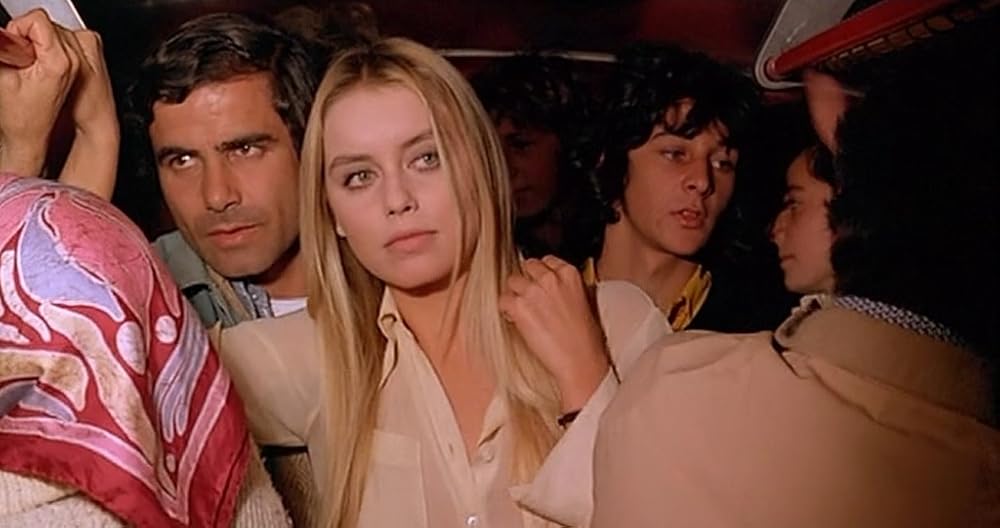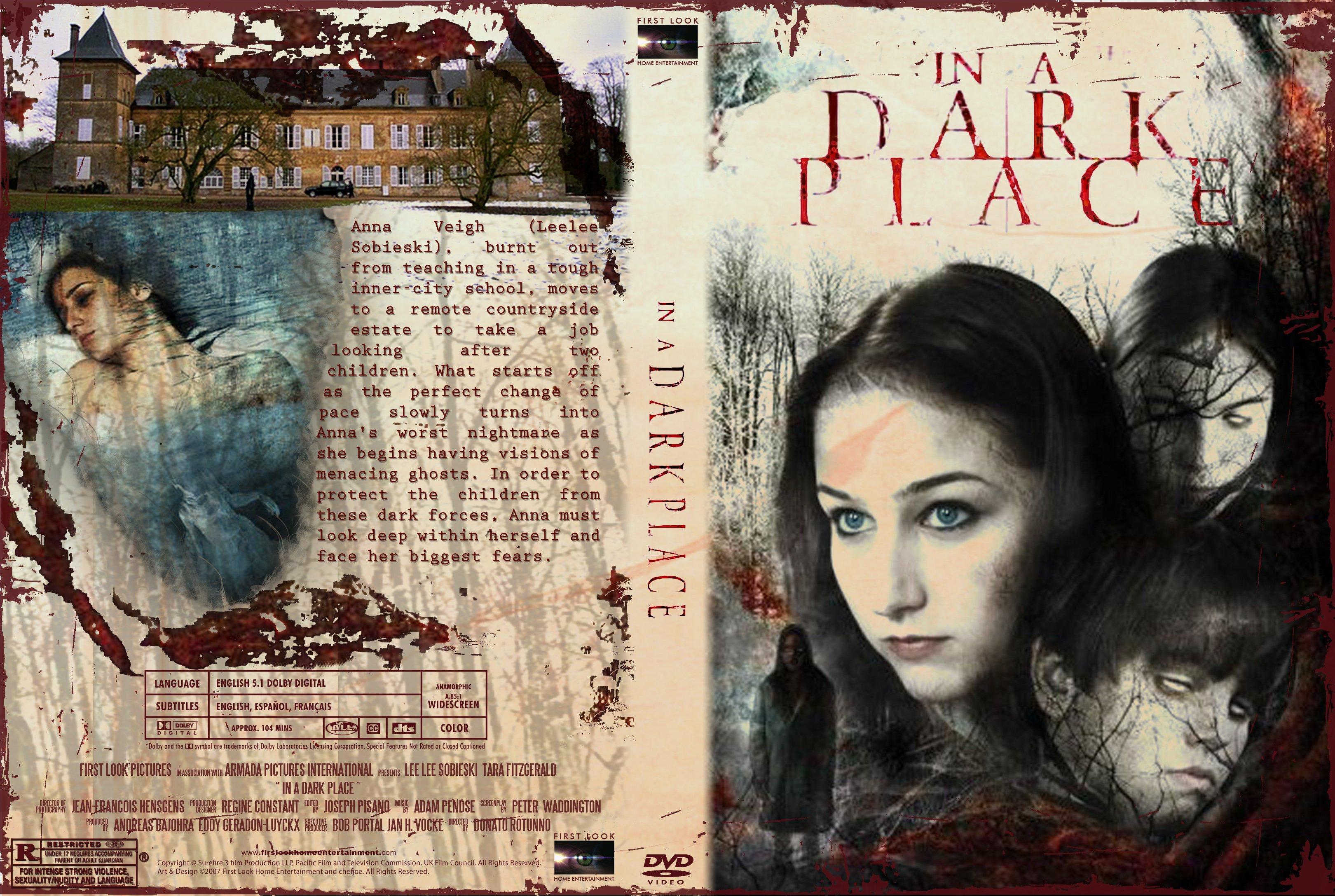Silvio Amadio’s That Malicious Age (Quella età maliziosa) is a controversial and atmospheric film that dives into the complex waters of adolescent desire, adult temptation, and emotional detachment. Released in 1975, it belongs to the Italian erotic drama tradition of the era—a genre marked by lush visuals, provocative themes, and often morally ambiguous narratives.

The story follows Napoleone, a weary middle-aged painter (played by Nino Castelnuovo) who escapes to the countryside in search of inspiration and peace. However, his retreat is disrupted when he becomes entangled with Lolita-like teenager Ornella, played by Gloria Guida—one of Italy’s most iconic erotic stars of the 1970s. Ornella, precocious and provocative, is the stepdaughter of the woman who owns the villa where Napoleone is staying. Her flirtation quickly turns into obsession, blurring the lines between seduction and manipulation, curiosity and cruelty.
Guida delivers a performance that is both youthful and dangerously self-aware. She plays Ornella not as a naïve girl, but as a symbol of unchecked desire—simultaneously a fantasy and a threat. Castelnuovo, meanwhile, portrays Napoleone with subtlety, capturing the guilt, confusion, and longing of a man caught in a moral and emotional spiral.
The film's title—That Malicious Age—perfectly captures the thematic core: the moment in adolescence when innocence gives way to awareness, and sexuality becomes a force capable of damaging both the young and the adult. Amadio uses this dynamic to explore not just erotic tension, but deeper issues of loneliness, artistic frustration, and emotional decay.
Visually, the film is beautiful. It makes full use of its sun-drenched coastal setting, with lingering shots of beaches, gardens, and open windows. The cinematography enhances the dreamlike and occasionally claustrophobic atmosphere, reinforcing the idea that this peaceful villa is actually a psychological prison.
The score, with its soft jazz and melancholic strings, further elevates the mood—romantic yet unsettling. At times, the film’s pacing is slow, especially for modern viewers, but it is deliberate in its intent: to create a tone of unease and reflection rather than titillation alone.
While That Malicious Age is far from politically correct by today’s standards, it reflects the era in which it was made. It’s a product of the 1970s European cinema tradition that pushed boundaries—sometimes uncomfortably—while also questioning social taboos and emotional repression.

That Malicious Age is a seductive and troubling meditation on desire, obsession, and the fragility of human connection. Its ambiguity is both its strength and its controversy. While certainly not for every viewer, it remains a fascinating artifact of Italian erotic cinema, driven by atmosphere, symbolism, and haunting performances


